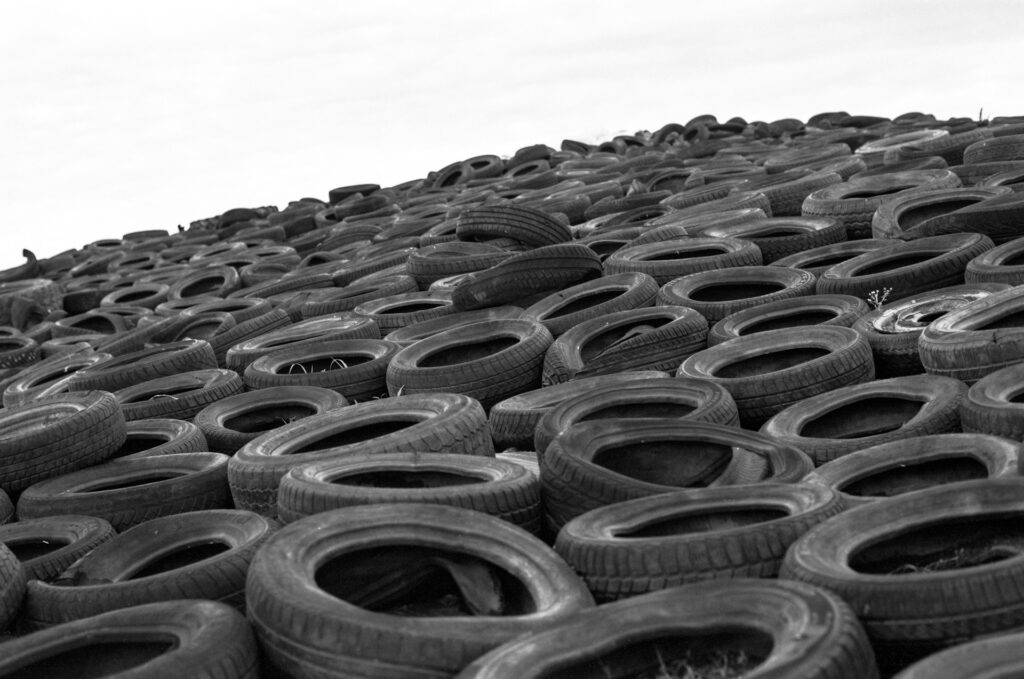Our planet faces a serious water contamination crisis because everyday products like medicines and cosmetics, which contain harmful chemicals, create long-lasting damage to ecosystem environments. Pollutants secure themselves into rivers, lakes and additional bodies of water resulting in damage to both oceanic life and human consumers. Scientists at the University of Manchester developed a breakthrough material that incorporates molecular traps to extract harmful pollutants from water supplies.
The breakthrough involves a material called a metal-organic cage (MOC)—a nanoscale structure designed to capture and isolate harmful molecules. MOCs are constructed by linking metal ions with organic molecules to form hollow, pyramid-like shapes. These cages create an internal environment where pollutants preferentially adhere, keeping them out of water systems.
The principal advancement of this study involved functionalising MOCs for efficient water-based operations. The investigation of these structures previously took place within solvents which produced notably different results than aqueous solutions. The researchers achieved material water compatibility through the addition of sulfonate groups to MOCs which enabled real-world implementation in river water, lake systems and wastewater treatment facilities.
“Being able to use MOCs in water is a really exciting development. We know how valuable MOCs are for capturing unwanted substances, but until now researchers have not been able to apply them to real-world water systems.”
Stated Jack Wright, a Researcher at The University of Manchester, who completed the research as part of his Ph.D. He went onto say:
“Many harmful chemicals are difficult to remove from water, and with water pollution becoming a global crisis, this new MOC technology could provide a valuable tool to help clean up water systems and prevent pollutants from entering our ecosystem, particularly in rivers and lakes near urban or industrial areas where wastewater discharge is most common.”
Water pollution is a pressing global issue, with residues from everyday products such as medicines and cosmetics containing harmful chemicals. These pollutants infiltrate rivers, lakes, and other water systems, causing harm to aquatic life and humans alike.
The new MOCs rely on a natural process called hydrophobic binding, where non-polar pollutant molecules “stick” to the inside of the cages. This approach allows selective and efficient trapping of hydrophobic contaminants, such as residues from industrial discharge or urban wastewater.
A key advancement of this study lies in adapting MOCs to work effectively in water. Historically, these structures have been studied in chemical solvents, where their behaviour differs significantly from when they are introduced to aqueous solutions. By introducing sulfonate groups to the MOCs, the researchers made the material water-compatible, allowing for real world application in water bodies.
According to Dr. Imogen Riddell, Ph.D. supervisor and researcher at the University of Manchester:
“One of the real strengths of this method is its flexibility. The approach we have developed could be used to design other water-soluble MOCs with different sizes or properties. This opens the door to many future applications, including cleaning up different kinds of pollutants, development of green catalysts or even development of drug delivery strategies .”
The researchers are now focusing on enhancing the capabilities of these molecular traps, aiming to capture a wider range of contaminants and increase the sustainability of them by focusing on their reusability.

Hassan graduated with a Master’s degree in Chemical Engineering from the University of Chester (UK). He currently works as a design engineering consultant for one of the largest engineering firms in the world along with being an associate member of the Institute of Chemical Engineers (IChemE).



